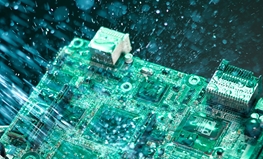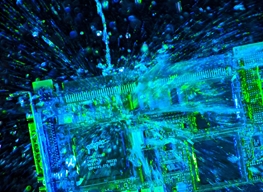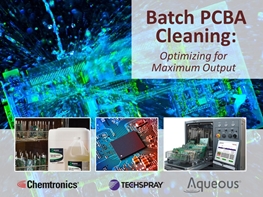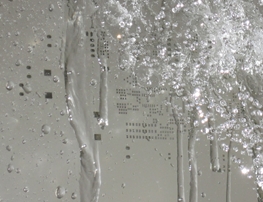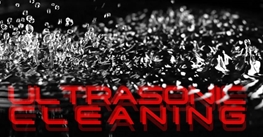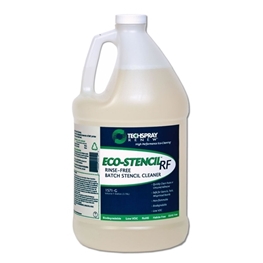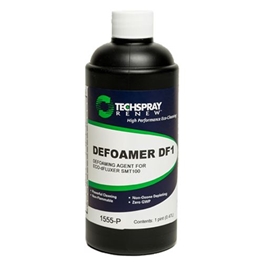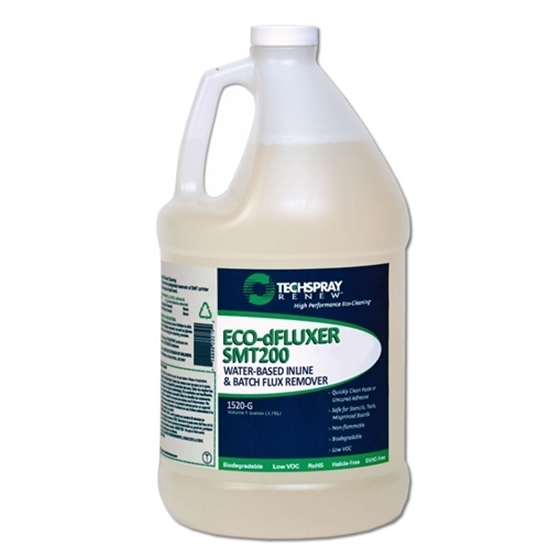
Eco-dFluxer SMT200
Inline & batch water-based flux remover for sensitive metals
FAQ's
Can I use purified water instead of deionized water to dilute Eco-dFluxer?
“Purified” is a bit of a general term, so let me break apart the potential issues:
- Distilled water shouldn’t be a problem.
- Reverse osmosis filtered water may or may not be a problem depending on the water source. Some dissolved minerals could conceivably get through, and minerals are generally going to be ionic.
- Ionic contamination along with moisture and current can lead to dendritic growth. DI rinse at the end of the cleaning cycle could reduce this risk.
- Contamination could lead to increased foaming.
How do you know the safe exposure limit of a degreaser, contact cleaner, or flux remover?
The personal hazard associated with a solvent is often defined using Threshold Limit Value (TLV), which is the recommended average exposure in an 8-hour day, 40 hour work week. The lower the TLV of a particular substance, the less a worker can be exposed to without harmful effects. TLV is stated on the SDS of chemical products, in additional to recommended personal protection equipment (or PPE). The threshold limit value of a solvent is generally set by the American Conference of Governmental Industrial Hygienists (ACGIH). The unit of measure is Parts Per Million (PPM).
Can I use a spigot / dispensing spout on the 55-gallon plastic drum?
Yes, HDPE (plastic) drums are designed to accept commonly available 2” threaded spigots / spouts. Spigots are available at distributors, like at https://www.grainger.com/product/GRAINGER-APPROVED-Drum-Tap-6PFN4.
Articles
VIDEO: Why & How to Clean PCBAs Before Conformal Coating
Nicole Bass & Jessica Cadena, Techspray Product Managers, stress the importance of PCB cleaning prior to conformal coating & guide you in establishing an effective process.
Read This Post
Overcoming the Challenges of Cleaning with Water-Based Chemistries
Overcoming challenges of water based cleaner. Learn about electronic cleaning process, potential optimization & standard practices in sub-processes
Read This Post
Webinar: Batch PCBA Cleaning – Optimizing for Maximum Output
Learn all about PCBA defluxing in batch cleaning systems and tips for optimizing equipment settings and chemistry selection for the best (and most profitable) possible performance. Presented by industry experts Pierce Pillon, Senior Field Engineer of Techspray, and Mike Konrad, President of Aqueous ...
Read This Post
Isopropyl Alcohol (IPA) Replacements for Electronic Assembly and Repair
Isopropyl alcohol, also referred to as IPA, isopropanol, and 2-propanol, may be in short supply for the coming weeks or months because of the COVID-19 (Novel Coronavirus) pandemic. This will be particularly challenging for companies using IPA for flux removal, stencil cleaning, and industrial degrea...
Read This Post
Guide to Solvent and Water-based Ultrasonic Cleaning
When you are removing tough soils like baked-on flux residues or heavy industrial greases, you can have the strongest solvent cleaner in the world (like those offered by Techspray), but you will still need some kind of agitation. You can brush, wipe, and use all manner of elbow grease, but none of t...
Read This Post
Cleaners Developed to Minimize Global Warming Effect
With global warming in the news and greenhouse gases getting more regulatory attention, electronic and industrial manufacturers are on the look-out for ways to reduce carbon emissions. Techspray has been developing products for over a decade that have much lower Global Warming Potential (GWP), witho...
Read This Post
You did not finish submitting your information to request a sample

